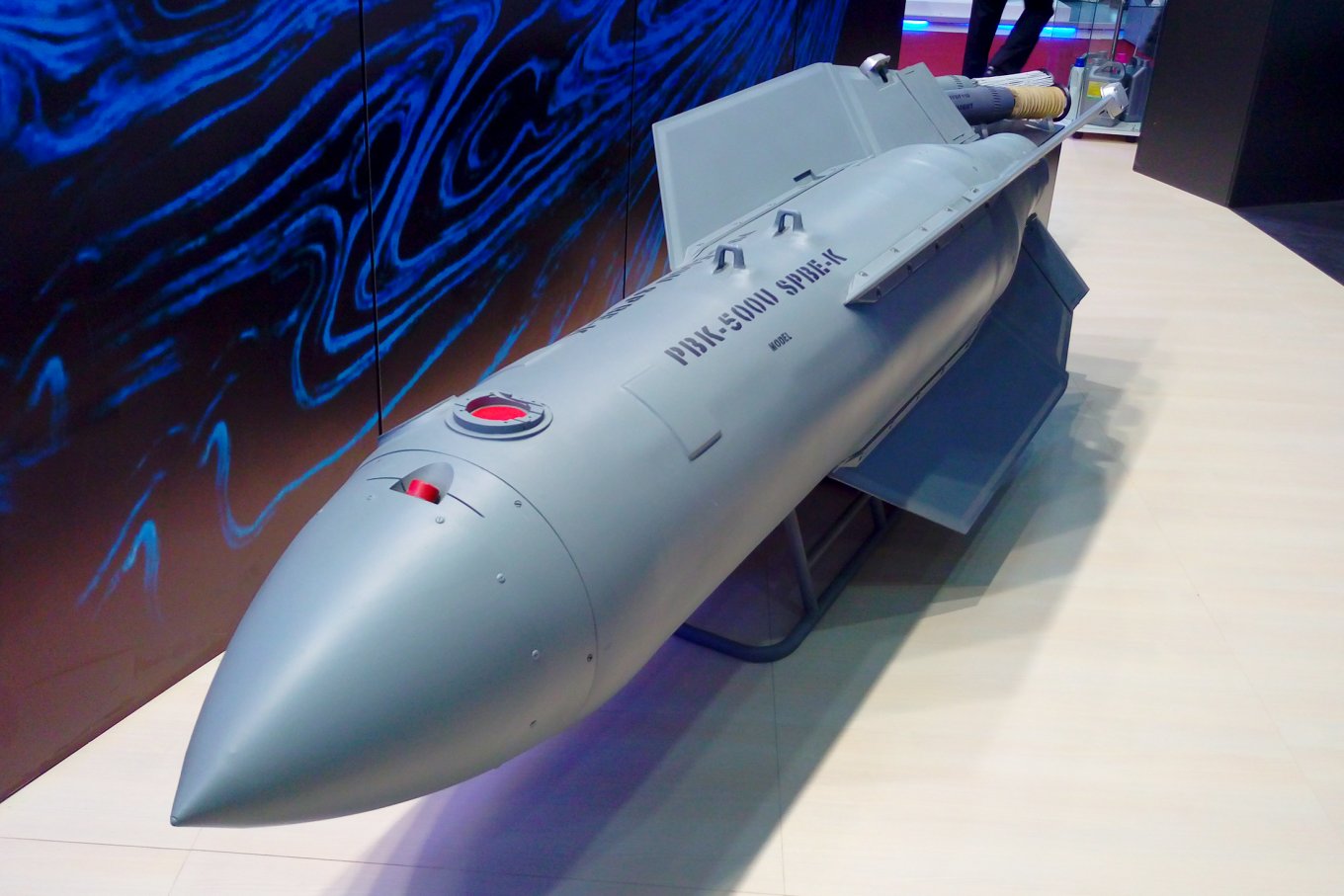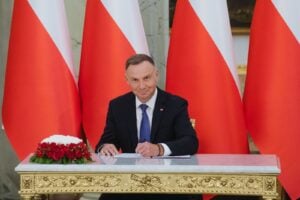NATO joins the fight against Russian glide bombs: opportunities for Ukraine
 OPINION
OPINION
NATO’s Transformation Command has launched an open call for proposals to address the threats posed by Russian glider bombs.
That is, they have been identified as a clear threat to the Alliance and it is conducting research and development work to counter modernized FABs. The experience of the war in Ukraine, as it is.
A wide range of decisions that are of interest to the command is outlined. It is quite logical that Ukrainian companies should take a closer look at this technical task and who will implement it, which startups and companies. Even this may give impetus to their own developments.
It is reasonable that the task is set at the intergovernmental level. Kits like the UMPC (Unified Planning and Correction Module) are inexpensive and scalable. They have not yet reached the accuracy of their Western counterparts, but they have room for modernization.
The real threat
The main advantage of guided bombs is that when they are launched, they are inaccessible to short- and medium-range air defense (from about 50 kilometers). Most launchers cannot work on the carrier, and it is difficult to work on the bomb because of its size, thermal signatures, and the difficulty of screening the bomb from obstacles.
That is, minus MANPADS (it is impossible to quickly screw in the battery and bring it into a combat position), various “Avengers” and “Wasps”; “Buk” and “Iris” are also eliminated.
And long-range systems are easier to reconnoiter, easier to suppress with broadband jamming, to force a change of position with several MLRS packages, to blind with electronic warfare from a helicopter; it is easier to use self-cover stations and decoys. In a difficult situation, try to understand in seconds where the real carrier is and where the “dummy” is.
Yes, they are not 10 meters in diameter, like the French Humvees. But they have redundant systems that will allow them to achieve a close hit if the Kometa module (GPS or Glonass receiver antenna) is suppressed simply by massing arrivals. Russia is a generous soul; it will pay for the chips and servos to the gaskets from Armenia. And it will find the cast iron and explosives.
Not a couple per target, but a group strike – something will hit close to the desired coordinates, hitting with a blast wave and debris.
Читайте нас у Telegram: головні новини коротко
“Moscow, we’re in trouble!”
At its peak, the Russians made an average of 130 launches in October; about 47 per day in December. There are suspicions that this lag is due to the need to overhaul some of the Su-34 carriers – they have hardly more than four and a half dozen combat-ready aircraft left today.
It was a good fight – a little more than a regiment for a country that wants to be a superpower and has ambitions to push NATO beyond its borders.
There were heavy losses as a result of battles and strikes by our long-range drones, accidents, and some of the planes are undergoing perpetual repair and search for electronics.
There was also our campaign against jumping-off airfields – we hit both ammunition and fuel and lubricant depots. That’s why they had to frequently change their positions and get out of the way of attacks – it’s probably becoming more and more difficult to maintain the resource.
Finding your alliance
Therefore, NATO wants to have different levers of interaction: strikes on logistics and production bottlenecks; operations in the information space to increase vulnerability and identify a bank of targets; the use of automatic control systems and AI to modernize classic anti-aircraft weapons to fire on cast iron; various electronic warfare solutions that can suppress the satellite communication complex; direct destruction (kinetics, programmed munitions or beam).
The war in Ukraine has now shown that globalization has reached such a level that it is impossible to block the supply of electronics to the region through gaskets. And the civilian market is enough to serve a dual purpose.
That’s why an axis of rogue countries has emerged – Russia, North Korea, Iran – that share resources and technologies, and satellites around them, such as Georgia and Armenia, help circumvent sanctions by selling at a low price.
This means that the free world must also pool its resources, including intellectual ones. The West needs Ukrainian developments (electronic warfare, early warning of counter-counter-intelligence carriers, long-range drones), just as Ukraine needs Western products in mass production.
Everything is just beginning – the world is rapidly militarizing and preparing for a new round of violence, where the alliance a country belongs to, the stockpiles of weapons here and now, and the availability of weapons of mass destruction will be important.
Читайте нас у Telegram: головні новини коротко









